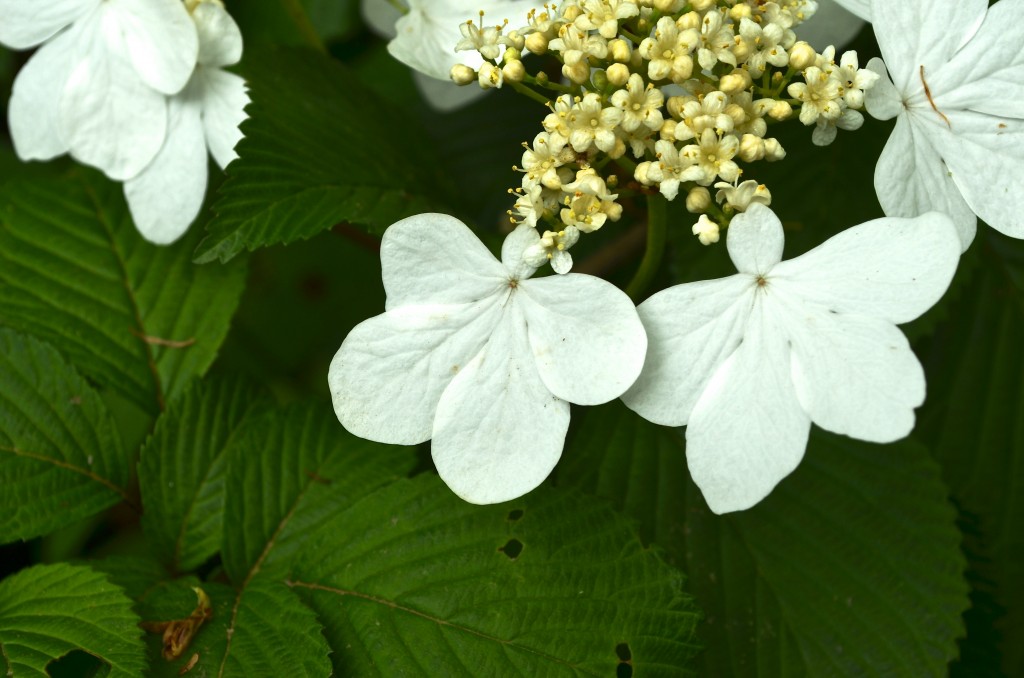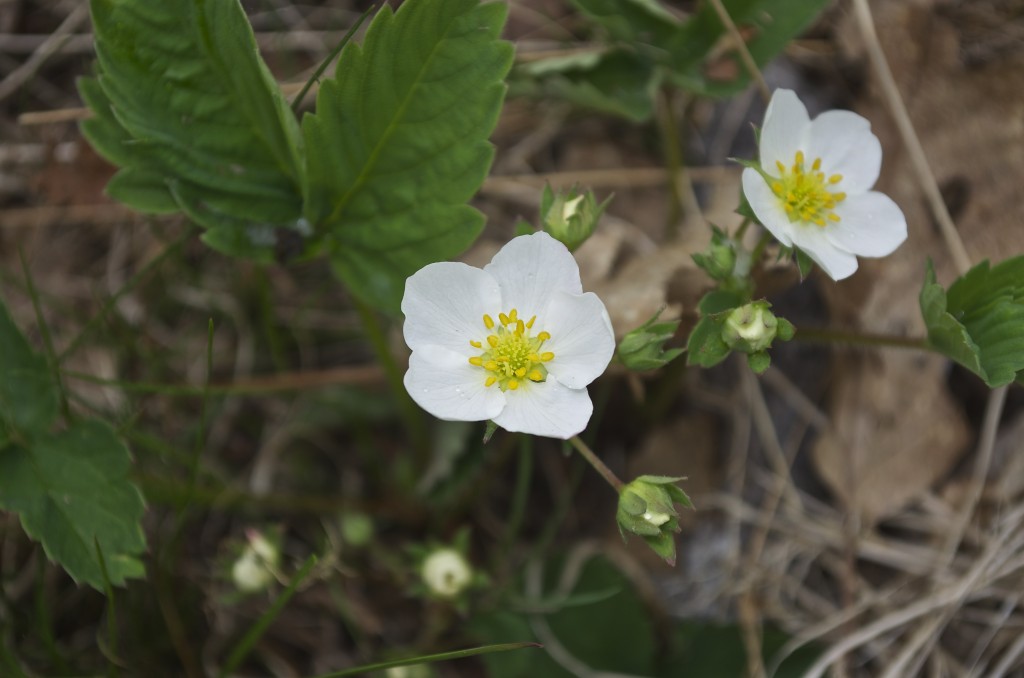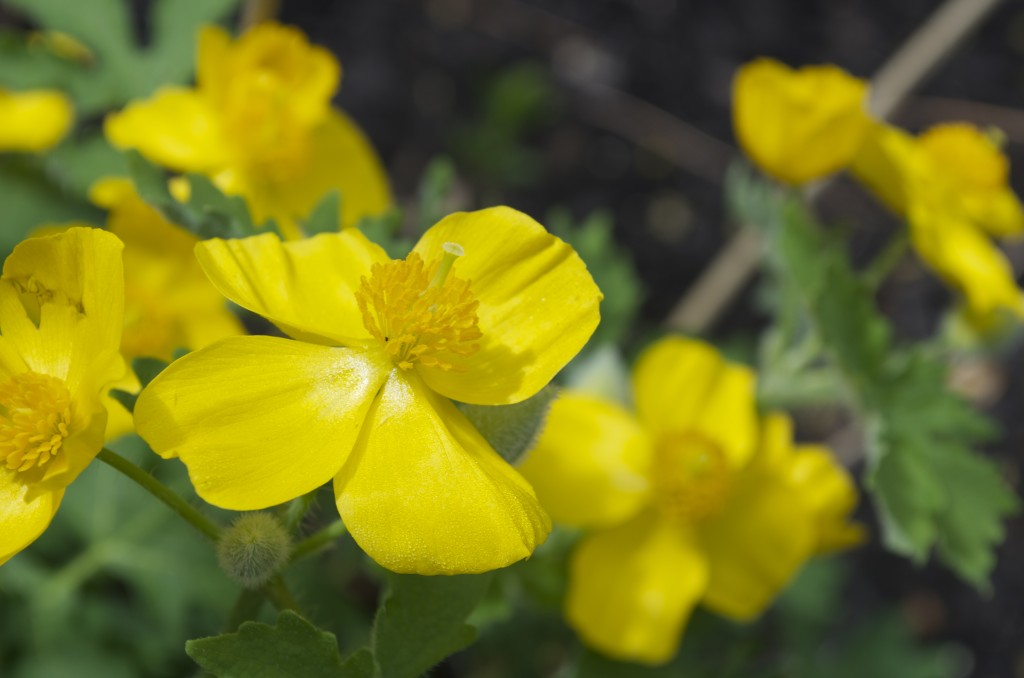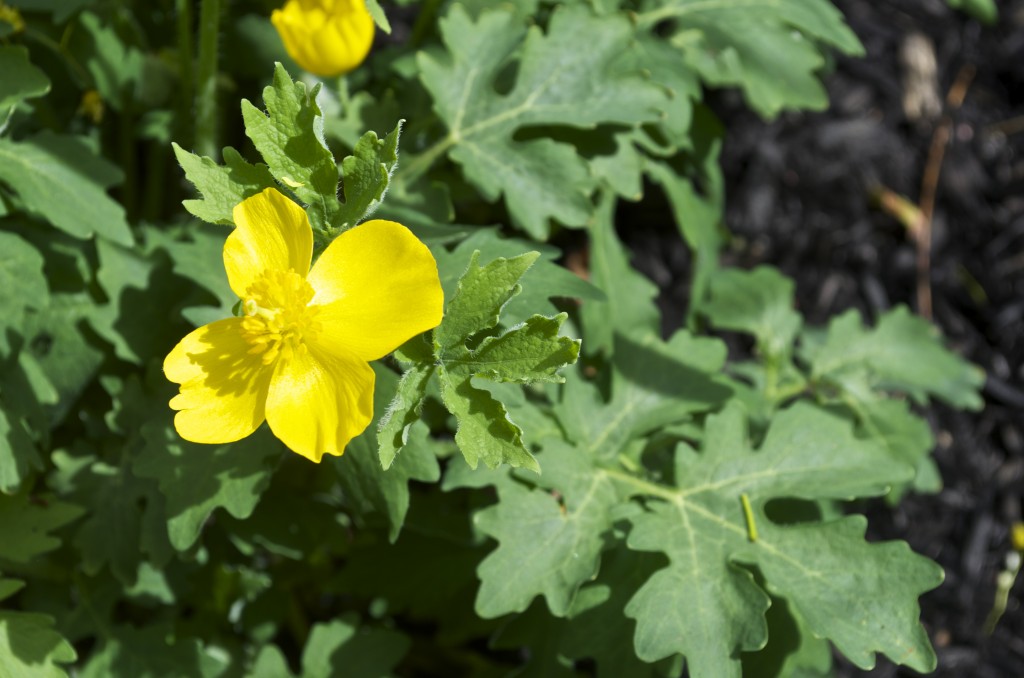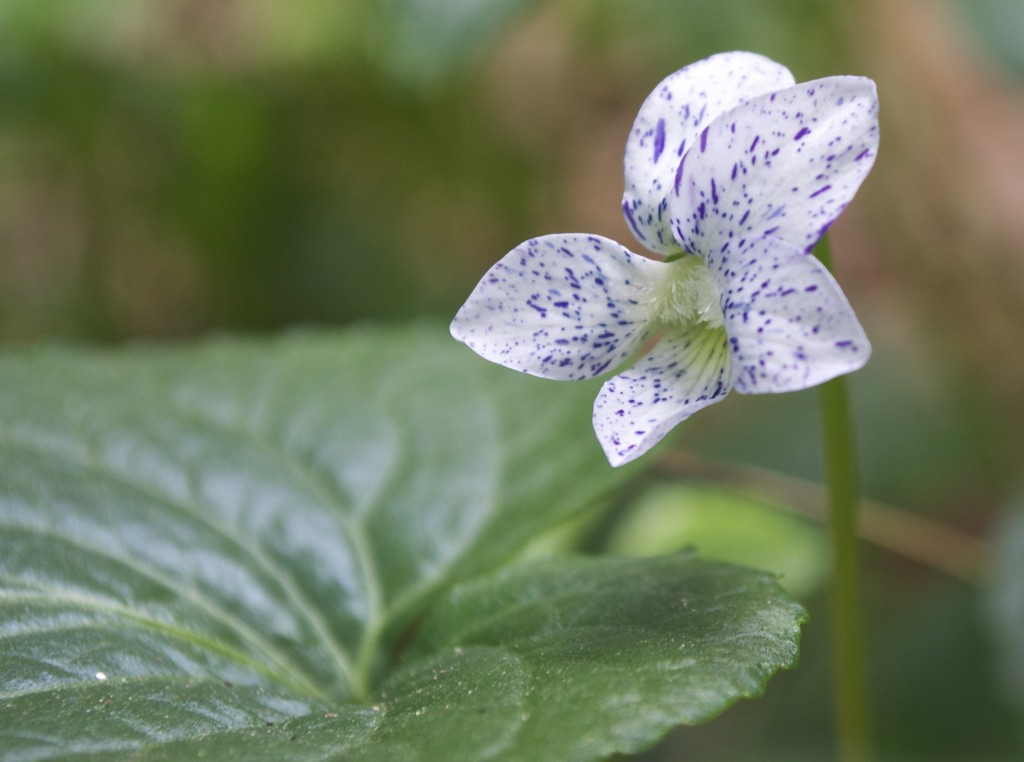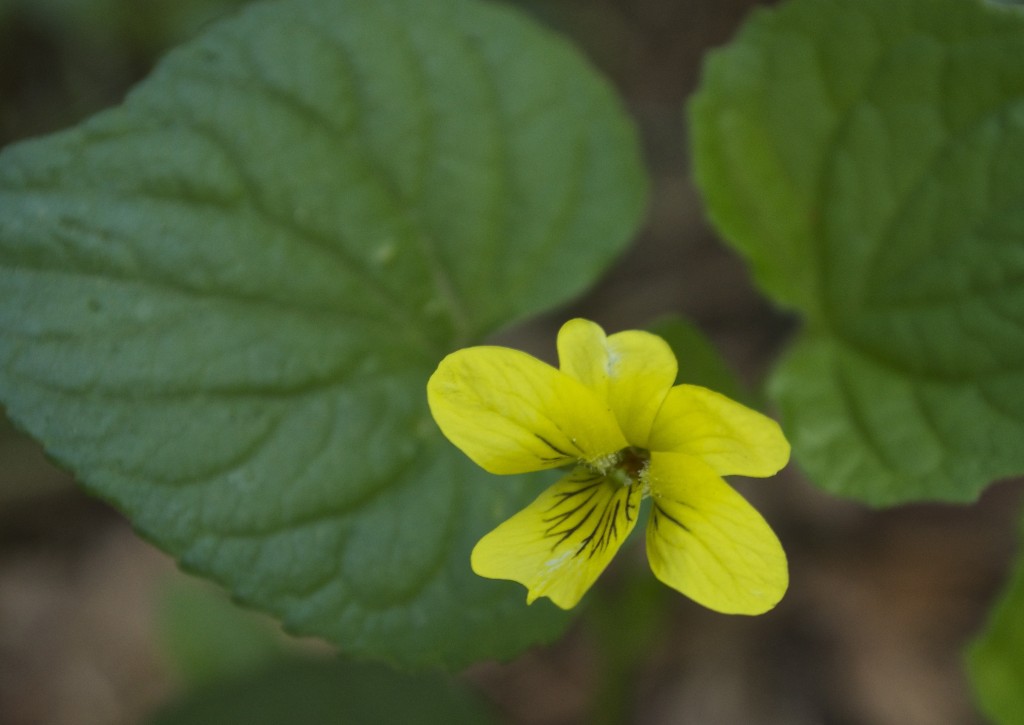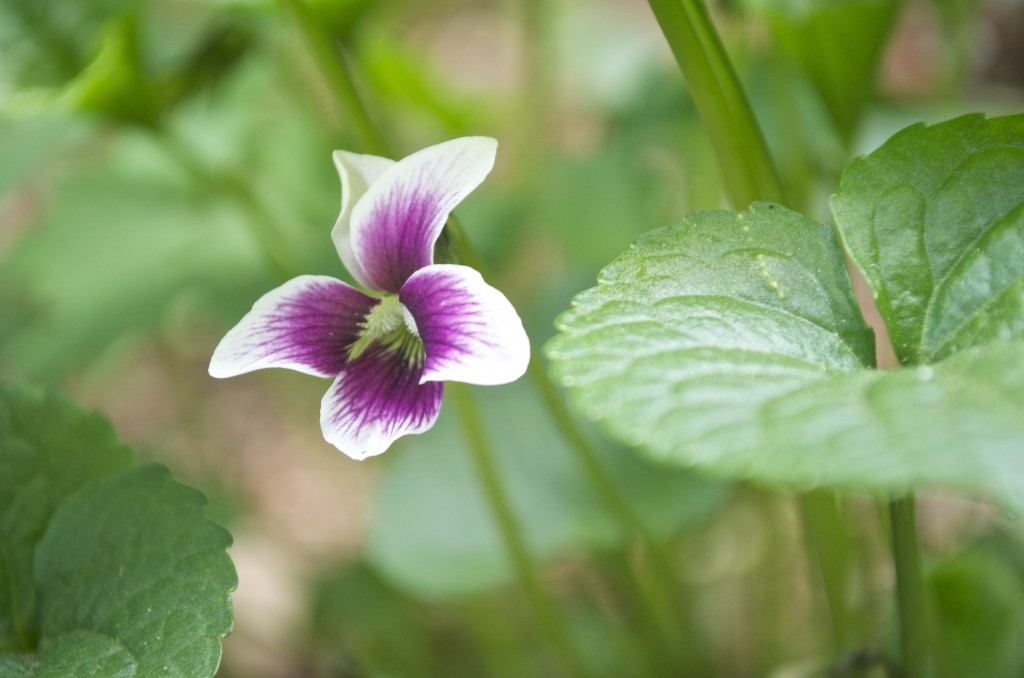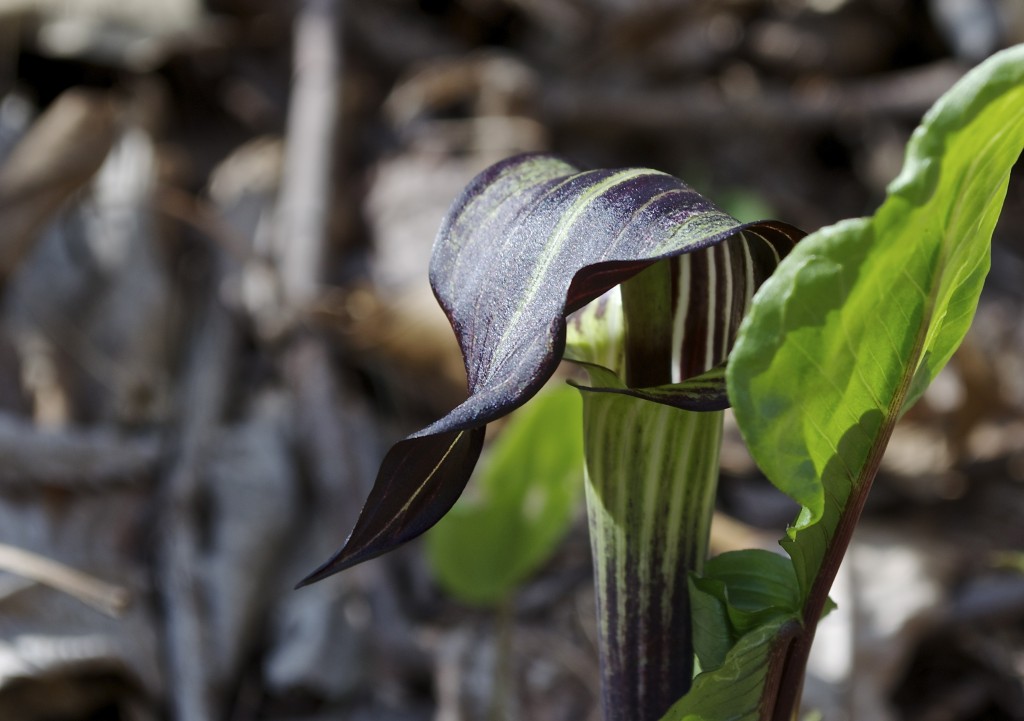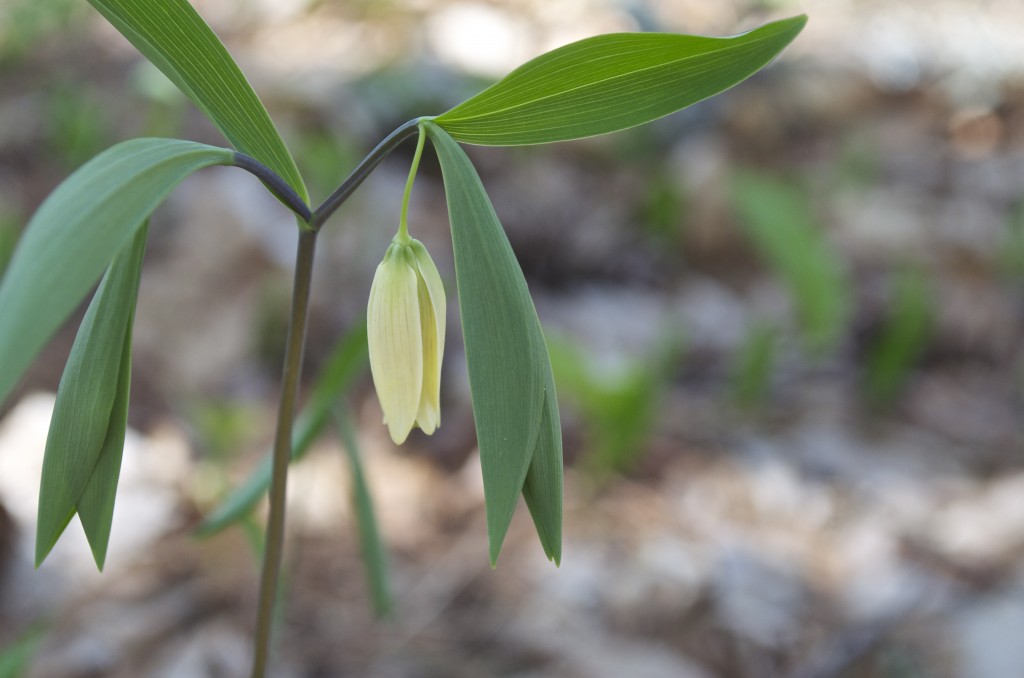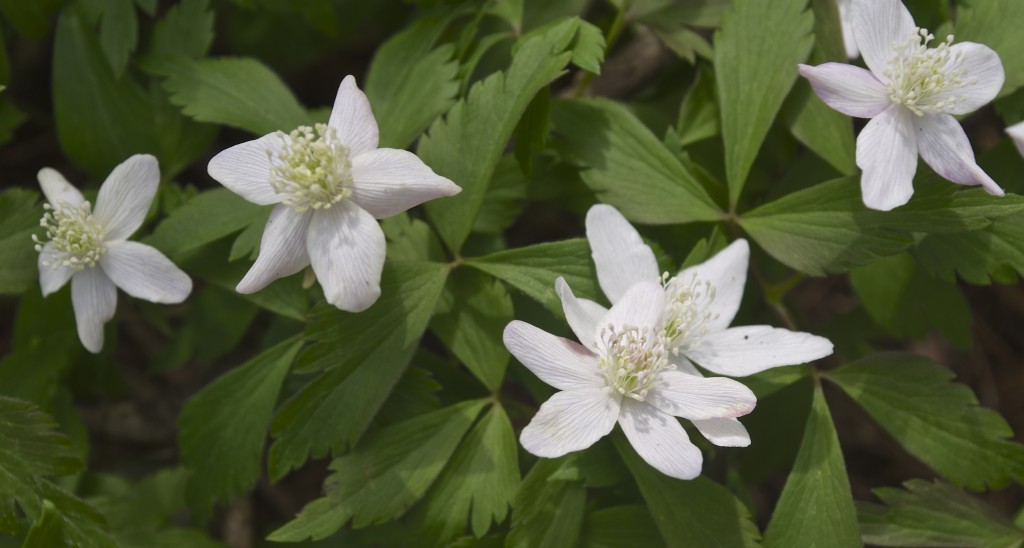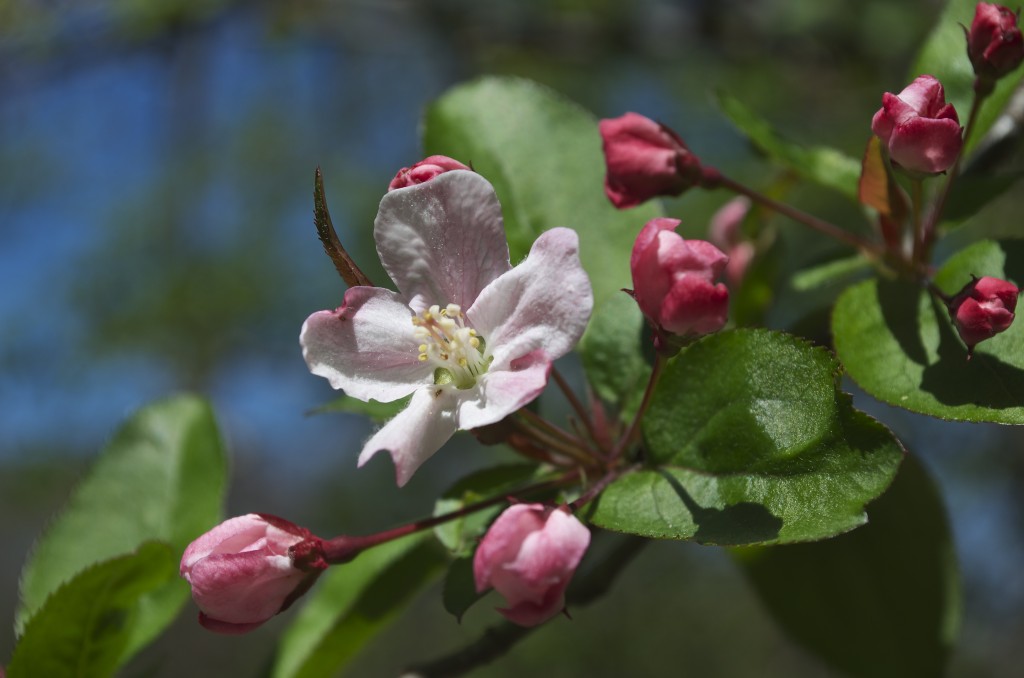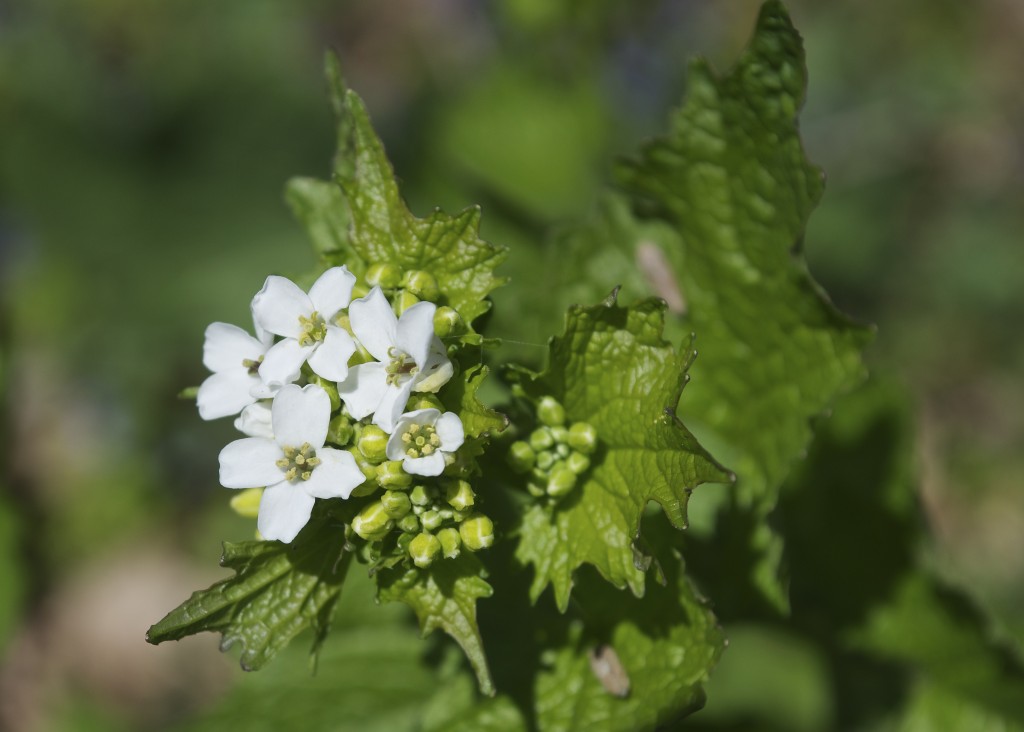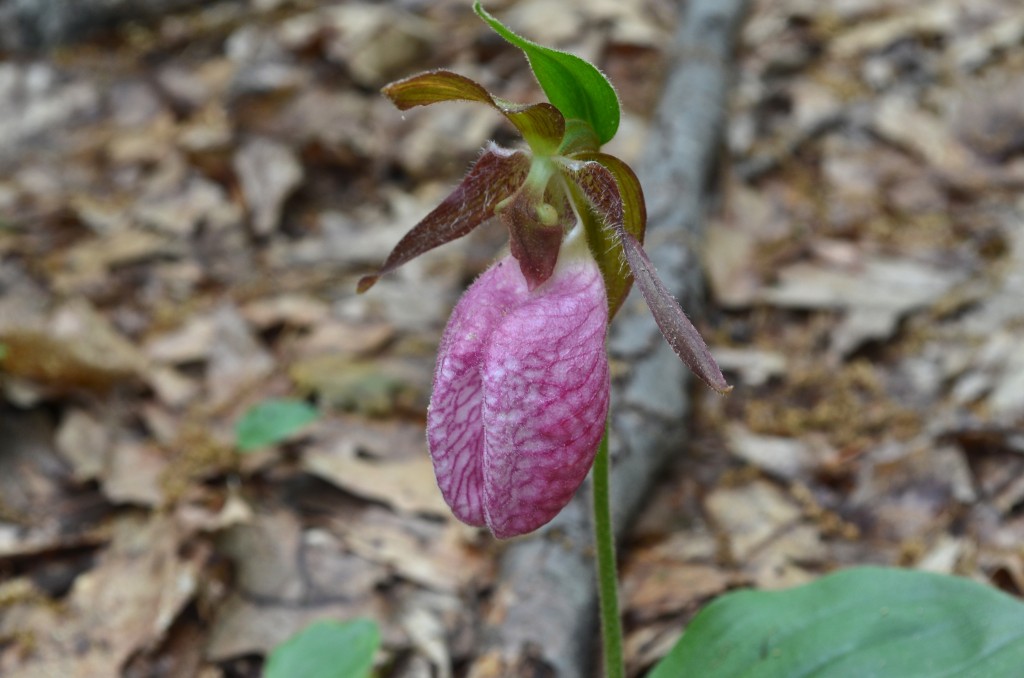 Did you ever notice lady-slipper always has just two leaves and one flower? Also that the blossom is mostly closed, but has a small opening in front to admit pollinating insects, who have to find a different exit to bust out (brushing past the pollen-covered stamen). Lady-slippers can live to be twenty or older! Photo taken May 22, 2013.
Did you ever notice lady-slipper always has just two leaves and one flower? Also that the blossom is mostly closed, but has a small opening in front to admit pollinating insects, who have to find a different exit to bust out (brushing past the pollen-covered stamen). Lady-slippers can live to be twenty or older! Photo taken May 22, 2013.
Pink Lady-slipper, Moccasin flower (Cypripedium acaule Ait.)

